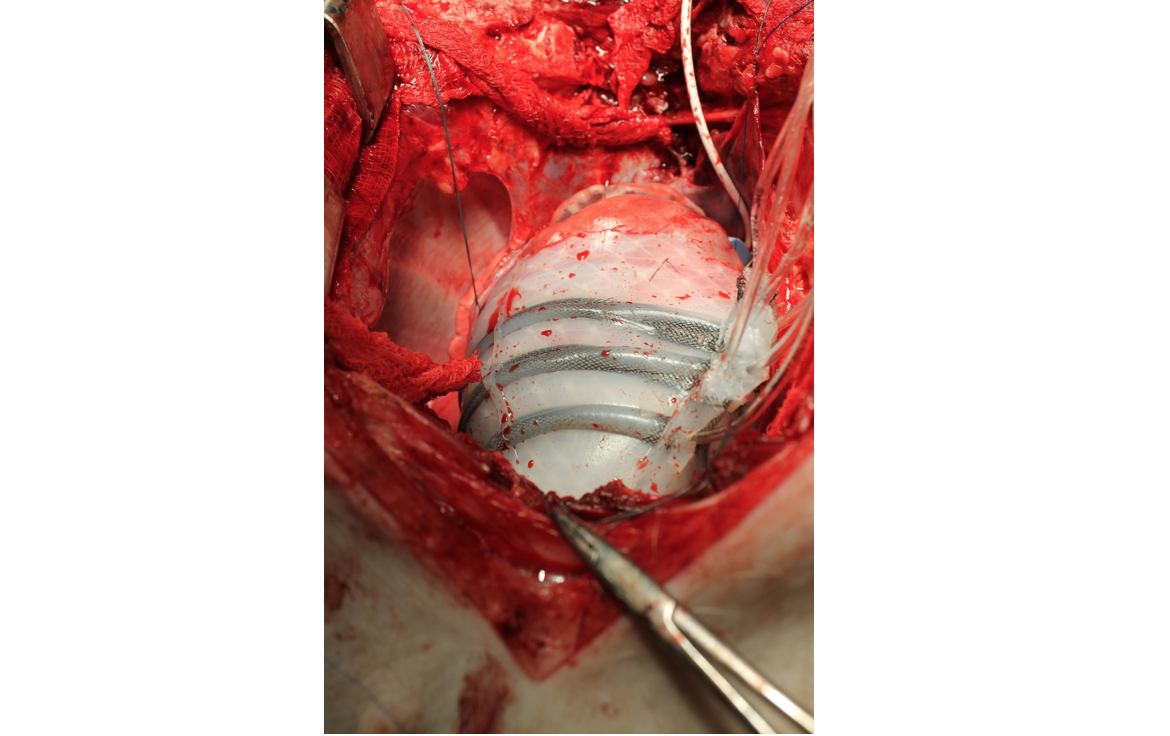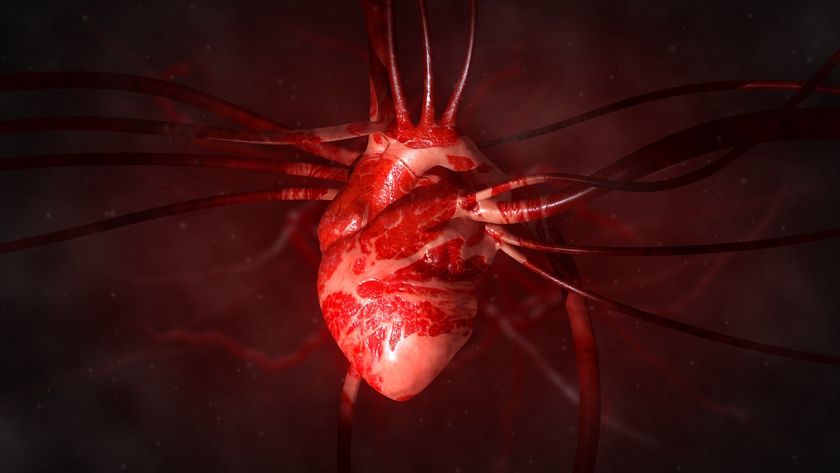Robotic Device Hugs the Heart, Helping It Pump

A soft, cup-shaped robotic device that hugs the heart could give it gentle squeezes to help pump blood in patients with weakened hearts, a new study finds.
The experimental device is designed to help people who are experiencing heart failure, a serious medical condition in which the heart does not pump as well as it should. According to the American Heart Association, heart failure currently afflicts about 5.7 million people in the United States, costing the nation an estimated $30.7 billion each year.
Currently, one key way doctors prolong the lives of people with severe heart failure is to use machines called ventricular assist devices. These devices include a mechanical pump that is implanted in the belly or worn outside it and is connected to the heart via several tubes. The devices help to circulate the blood, but because they are in direct contact with the blood, they can cause blood clots, which, in turn, can trigger potentially lethal or crippling strokes. Because of this danger, patients with ventricular assist devices must take blood-thinning anticoagulant drugs, which can cause bleeding problems. [10 Amazing Facts About Your Heart]
The new implantable device fits like a sleeve around the heart. As such, it never comes in contact with the blood, thus reducing the number of complications it might pose, the researchers said in the study.
The device is made of elastic silicone that mimics the flexibility of natural heart muscle. The implant can be filled with air, just like a balloon; pressurizing the device makes it stiffen, while reducing air pressure makes it relax. The implant also has sensors that measure how pressurized the device is, the researchers explained.
The thin sleeve is attached to the heart with a suction device and stitches. A gel interface reduces friction between the device and the heart. The implant is tethered to an external pump, which uses air to pressurize the implant, the researchers said.
The implant was made possible by recent advances in the new field of soft robotics. Whereas conventional robots are typically rigid, researchers are increasingly developing robots made from softer materials, such as elastic plastic and rubber, which are better suited for delicate interactions with people.
Sign up for the Live Science daily newsletter now
Get the world’s most fascinating discoveries delivered straight to your inbox.
In experiments in pigs, the researchers found that their soft robot could restore normal blood flow in six live female pigs whose hearts had stopped.
"This study represents a demonstration of the potential of implantable soft robotic devices to repair or restore organ function," study co-senior author Conor Walsh, a soft roboticist at Harvard University, told Live Science. [Biomimicry: 7 Clever Technologies Inspired by Nature]
The scientists were able to customize the device to primarily squeeze either the right or left side of the heart. This is key, as heart failure often affects only a portion of the heart.
Future research could figure out the best way to attach the new device to the heart to make it more suitable for longer-term implantation in the body, the researchers said. Long-term animal studies are also needed to see how well the device lasts and whether it can lead to unforeseen complications, they added.
The scientists detailed their findings online Jan. 18 in the journal Science Translational Medicine.
Original story on Live Science.













